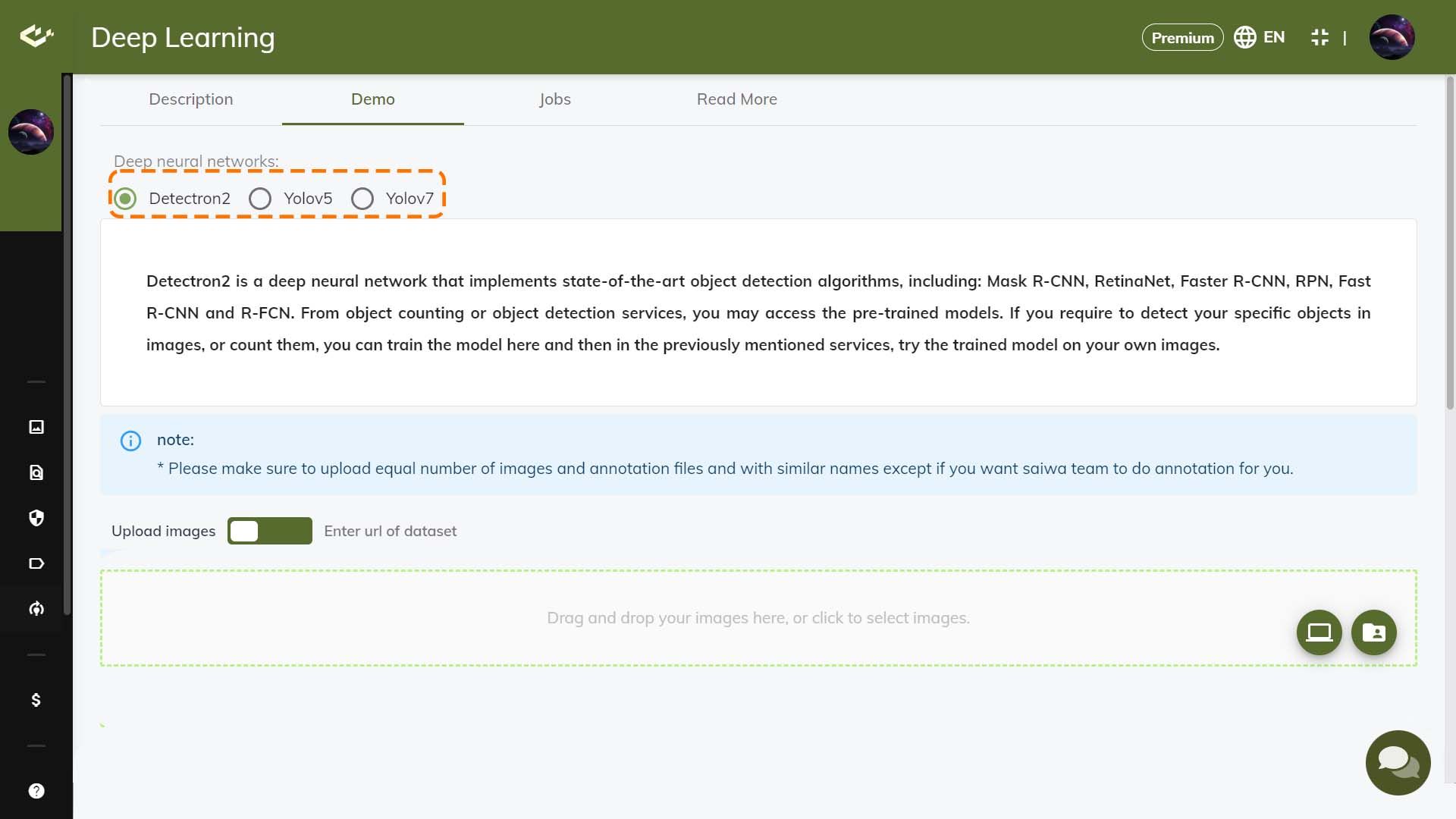![Top Computer Vision Libraries | [Updated 2024]](/_next/image/?url=https%3A%2F%2Fsaiwa.ai%2Fuploads%2FTop_Computer_Vision_Libraries_1_4e06a24f40.webp&w=828&q=75)
Top Computer Vision Libraries | [Updated 2024]
Computer vision (CV) is a rapidly evolving field within artificial intelligence (AI) that empowers machines to extract meaningful information from digital images and videos. This technology underpins a vast array of applications, from self-driving cars and medical diagnostics to robotics and augmented reality.
To facilitate the development of CV applications, a rich ecosystem of software libraries has emerged. These libraries provide a foundation of pre-built functions, algorithms, and tools, enabling developers to focus on the specific needs of their project rather than reinventing the wheel.
Read Also: Exploring Diverse Computer Vision Applications
What is a Computer Vision Library?
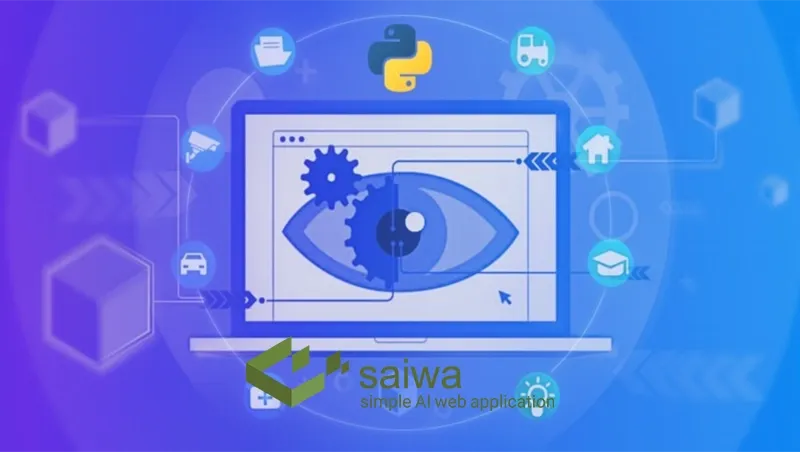
A computer vision library is a collection of pre-written software components designed to streamline the development process for CV applications. These libraries typically offer functionalities encompassing various aspects of the CV pipeline, including:
Image preprocessing: Techniques for enhancing image quality, such as noise reduction, filtering, and color space conversion.
Feature extraction: Identifying and extracting key characteristics from images, such as edges, corners, and shapes.
Object detection and recognition: Locating and classifying objects within an image or video frame.
Image segmentation: Partitioning an image into meaningful regions based on pixel properties.
Machine learning integration: Tools for training and deploying machine learning models for specific CV tasks.
By leveraging these functionalities, developers can significantly accelerate the development process and achieve high-performance CV solutions.
Read Also: Demystifying Computer Vision Models: A Comprehensive Guide
Top Computer Vision Libraries
Several prominent computer vision libraries cater to diverse project requirements and developer preferences. Here, we delve into some of the most widely used libraries, exploring their key features, applications, and strengths and weaknesses.
OpenCV
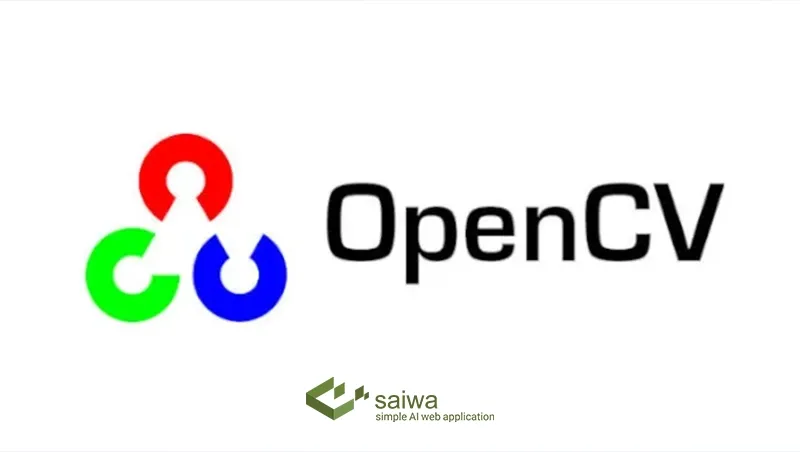
Background and History: OpenCV (Open Source Computer Vision Library) stands as the most established and widely adopted open-source CV library.
Initially developed by Intel, it has evolved into a community-driven project with a vast user base. Its cross-platform compatibility (Windows, Linux, Android, macOS) and support for various programming languages (Python, C++, Java) contribute to its extensive adoption.
Key Features and Capabilities: OpenCV boasts a comprehensive suite of algorithms and functions encompassing the entire CV pipeline.
These functionalities include image and video I/O, image filtering, feature detection and extraction, object detection and classification, camera calibration, and machine learning integration.
Applications: Due to its versatility, OpenCV underpins a broad spectrum of CV applications. It finds use in:
Real-time applications like facial recognition, gesture recognition, and traffic monitoring.
Robotics and autonomous systems for navigation, object manipulation, and obstacle detection.
Medical imaging analysis for tasks such as tumor detection and disease diagnosis.
Industrial automation for defect detection, quality control, and product inspection.
Advantages and Limitations: OpenCV offers several advantages, including its open-source nature, extensive documentation, and large user community.
However, its low-level programming interface can pose a steeper learning curve compared to some high-level libraries. Additionally, while it supports deep learning frameworks like TensorFlow and PyTorch, its deep learning capabilities are not as comprehensive as dedicated libraries.
TensorFlow
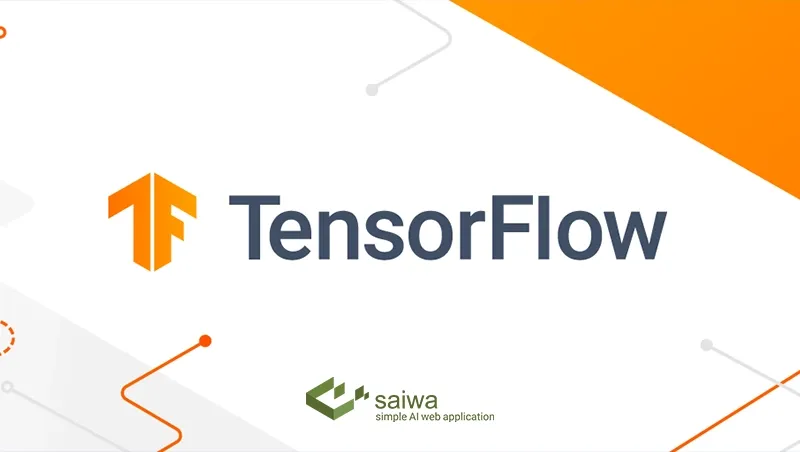
Overview of TensorFlow: TensorFlow is a versatile open-source library developed by Google for numerical computation and large-scale machine learning. While not solely dedicated to CV, it offers powerful functionalities and a rich ecosystem of tools that empower developers to build sophisticated CV applications.
Computer Vision Capabilities: TensorFlow provides building blocks for constructing and training deep learning models for a variety of CV tasks.
It supports popular deep learning architectures like convolutional neural networks (CNNs) that excel in image recognition, object detection, and image segmentation.
Additionally, TensorFlow offers pre-trained models like Inception and VGG that can be fine-tuned for specific tasks using transfer learning techniques.
Pre-trained Models and Transfer Learning: TensorFlow’s extensive repository of pre-trained models enables developers to leverage pre-existing knowledge for their projects. Transfer learning allows developers to adapt these pre-trained models on a new dataset, significantly reducing training time and computational resources compared to training a model from scratch.
Integration with Other Libraries: TensorFlow integrates seamlessly with other libraries within the broader machine learning ecosystem. This facilitates the combination of CV functionalities with other AI tasks, such as natural language processing (NLP) or recommender systems.
PyTorch
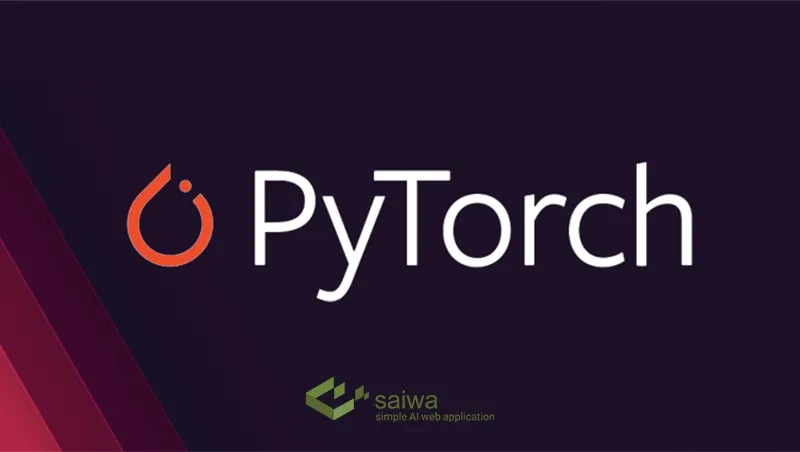
Introduction to PyTorch: PyTorch, an open-source deep learning platform developed by Facebook, presents a compelling alternative to TensorFlow. Its Python-first approach offers a dynamic and user-friendly interface, making it a popular choice for rapid prototyping and research.
Computer Vision Modules and APIs: PyTorch provides dedicated modules like Torchvision specifically designed for computer vision tasks. Torchvision offers functionalities for image classification, object detection, segmentation, image transformation, and pre-trained model access.
Object Detection and Instance Segmentation: PyTorch excels in object detection and instance segmentation tasks. Libraries like Detectron2 offer state-of-the-art algorithms for these applications, making PyTorch a preferred choice for researchers and developers in these domains.
Advantages and Limitations: PyTorch’s strengths lie in its dynamic computational graph, enabling efficient model development and experimentation. Additionally, its extensive community provides support and a wealth of learning resources. However, compared to TensorFlow, PyTorch may have a slightly smaller ecosystem of pre-trained models and might necessitate more code for building complex models from scratch.
Scikit-image
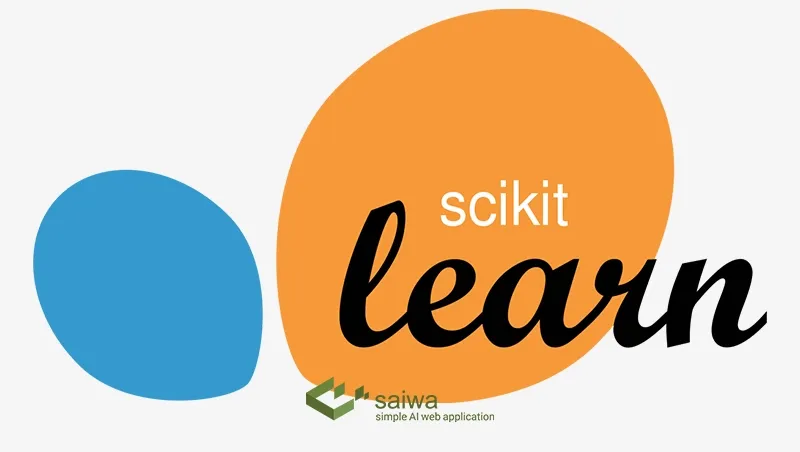
Overview of Scikit-image: Scikit-image is a free and open-source Python library specifically designed for image processing and analysis. While not a deep learning library itself, it offers a rich set of foundational algorithms and tools for tasks like:
Image loading, saving, and manipulation.
Filtering and noise reduction techniques.
Feature detection and extraction.
Mathematical morphology operations.
Image segmentation algorithms.
Image Processing and Analysis Capabilities: Scikit-image serves as a valuable pre-processing step for deep learning models by enhancing image quality and extracting relevant features. Additionally, its functionalities are often used for tasks like image measurement, object characterization, and visualization.
Applications: Scikit-image finds applications in various fields, including:
Medical imaging analysis for tasks like cell segmentation and microscopy image processing.
Scientific image processing for disciplines like biology, astronomy, and materials science.
Remote sensing data analysis for land cover classification and object detection in satellite imagery.
Advantages and Limitations: Scikit-image offers a user-friendly and well-documented API, making it accessible to developers with varying levels of experience.
Additionally, its integration with other scientific Python libraries like NumPy and SciPy creates a powerful ecosystem for scientific computing tasks.
However, for complex deep learning-based CV applications, Scikit-image might not be sufficient on its own and could be used in conjunction with libraries like TensorFlow or PyTorch.
Keras
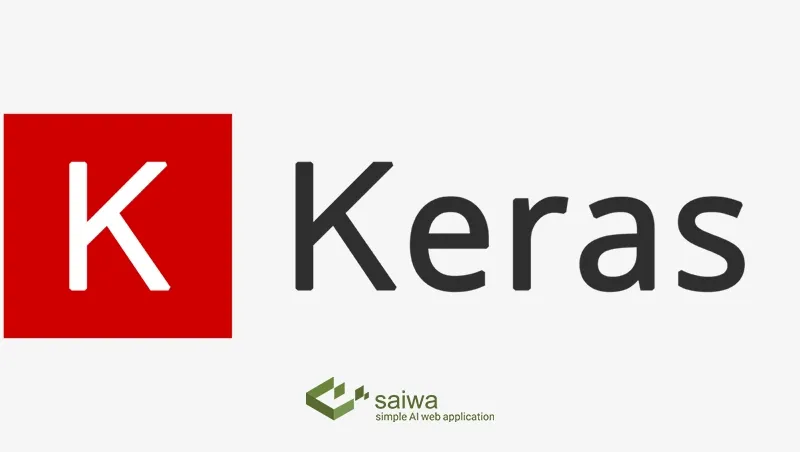
Keras as a High-Level Interface: Keras serves as a high-level API that simplifies the development of deep learning models for various tasks, including computer vision. It can be used with both TensorFlow and PyTorch as its backend engine, allowing developers to leverage the strengths of these libraries while maintaining a more user-friendly interface.
Computer Vision Applications with Keras: Keras provides pre-built convolutional neural network (CNN) layers commonly used in CV applications. These layers enable developers to construct models for tasks like image classification, object detection, and image segmentation with relative ease.
Advantages and Limitations: Keras’ primary advantage lies in its high-level abstraction, enabling rapid prototyping and experimentation with deep learning models.
This can be particularly beneficial for developers who are new to deep learning or those focusing on rapid application development.
However, for tasks requiring fine-grained control over model architecture or optimization, Keras might offer less flexibility compared to working directly with TensorFlow or PyTorch.
Conclusion
The landscape of computer vision libraries is a vibrant tapestry, each thread offering unique functionalities. By understanding the strengths and limitations of libraries like OpenCV, TensorFlow, PyTorch, Scikit-image, and Keras, developers can weave together the perfect solution for their specific project. The key lies in strategically combining these libraries’ strengths – leveraging OpenCV’s versatility, TensorFlow’s deep learning prowess, PyTorch’s rapid prototyping capabilities, Scikit-image’s pre-processing power, and Keras’ user-friendly interface. This synergistic approach empowers developers to efficiently build robust and cutting-edge computer vision applications, unlocking the vast potential of this transformative technology.
